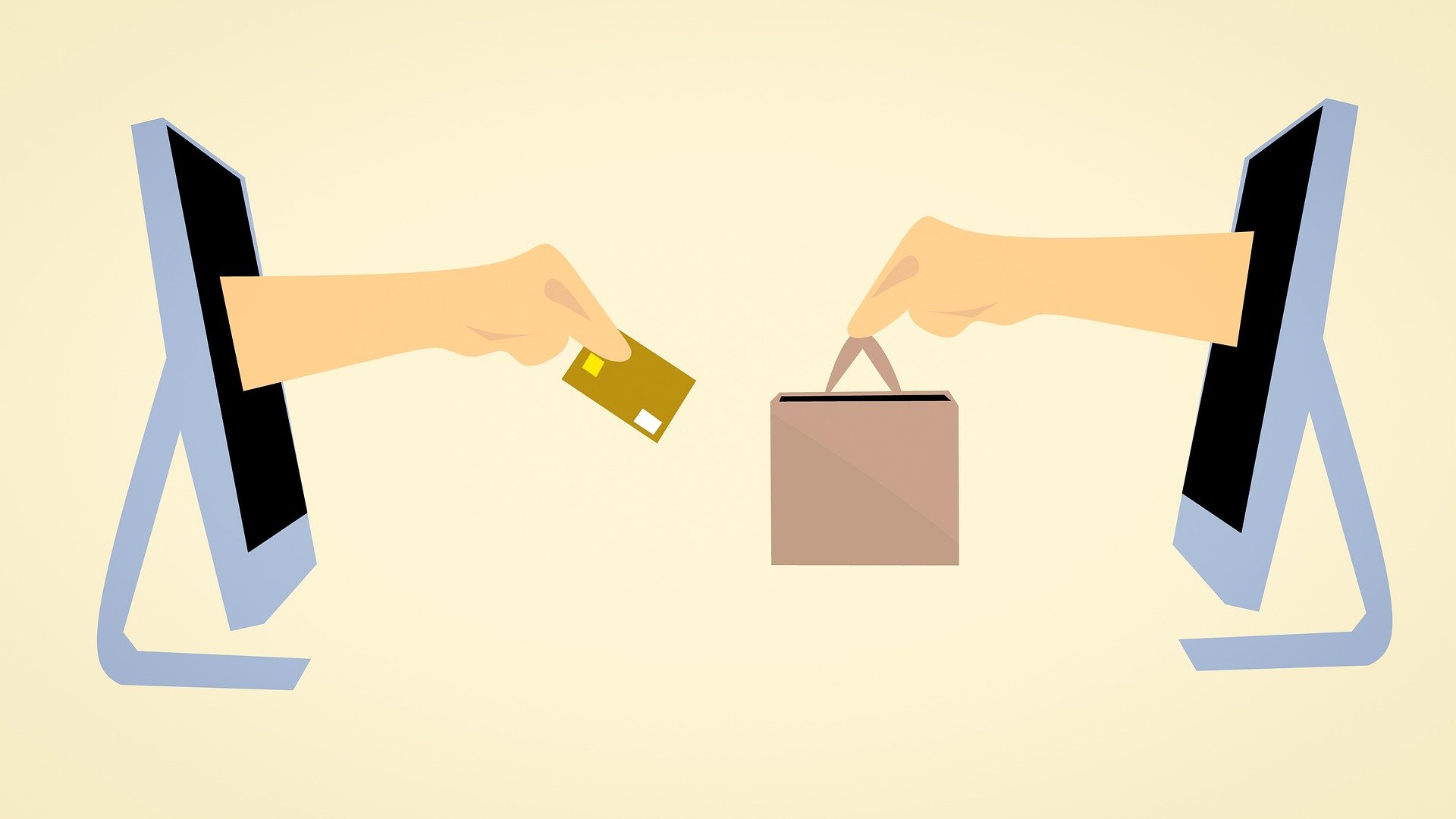Each day, whether it be our professional life, personal, or at times a bit of both, we have to make choices that define us. Some of these choices, or decisions, are easy like skipping breakfast or morning showers when running late for work. Choosing the best from all the options out there is called decision making. However, some decisions, like the ones related to businesses are especially not easy because the success of your company depends on these right or wrong decisions.
Modes of Decision-Making
There are two ways anyone has ever made a decision.
The Unconscious Way
-
automatic
-
intuitive
-
instant
-
emotional
The Conscious Way
-
deliberative
-
slow
-
rational
-
reflective
-
includes reasoning
Decision-Making and Marketing

Buying and selling involve decision-making from both parties. If you are selling a skincare product door to door or salon to salon, you need not argue with Karen with facts, but make her believe that your product is exactly what her acne-prone skin needs. Otherwise, it’s probable that persuasive arguments to the target audience about why they should purchase your product may be pointless and a waste of time. Your brain has the tendency to develop habits that are unconscious for handling situations over time. So, if a client always makes habit-based decisions, do not give them a lot of information. If they are more goal-oriented, tell them everything you know and let them decide on a goal they would like to achieve. Meanwhile, Ahdus Technology is also providing Shopify e-commerce development services.
How does the brain decide?
Our brains are complex organs, a part of which is the amygdala. When fear is regulated from the front of your brain or the prefrontal cortex, the amygdala tells you when and where you should use the “conditioned” fear. vmPFC, a part of the prefrontal cortex does the opposite. It stops you from being afraid of consequences and thus, letting you come up with a decision.
Other parts of our brains include the orbitofrontal cortex (OFC) and basal ganglia (which is located deep inside the brain). The OFC helps us in making value-based decisions. For example, when you find yourself at the shampoo aisle and the sales lady there gives you information (of course, according to your hair type and what you are looking for) and help you in choosing the best product for your hair. This is not the same product that you usually buy, that is; head and shoulders charcoal black. The habit-based decisions occur in the depth of the brain, basal ganglia. If you have a lot of information on a new product, you might switch from your usual to the goal.
The Consumer or Buyer Decision-Making Process

The Consumer or Buyer Decision-Making Process is an easy method every marketer should understand like the back of their hands. This will help them in identifying and tracking the consumer’s process of buying your product from when they decide they want something to actually landing on the checkout page. Here are the five-step processes most consumers go through before they make a purchase.
1. Recognizing the Problem
This is the first step of the buyer decision-making process and it involves figuring out what the customer is looking for. We will take the example of buying a jacket as the first wave of cold is felt. The customer will feel the need of buying a jacket for the coming winter season and will continue feeling like something is missing unless he addresses the need. For the marketer who is selling jackets or other winter stuff, this is the right time to start advertising, right when the targeted customer starts feeling its need.
2. Searching for Information
The next step is the information search process which involves looking for the jacket online. The advent of technology and fast-paced internet has made it easier for customers to simply type away on search engines whatever they are looking for instead of visiting shops and checking out price ranges, etc. Internet shops also allow people to check if a product has good recommendations which help in deciding which seller to buy it from. Product reviews can also make customers think about risk management and with the collected information, they create a list of pro’s vs. con’s to help make their decision.
An important point to remember is that people don’t like regretting a decision that they have made, so they like to really dig into finding the best option before clicking on the Buy Now button.
3. Evaluating Alternatives
When customers land on a product, they might find themselves in a bit of confusion if that product is right for them or if they should look for something different. If we take the example of jackets, then finding jackets on the internet on even a physical shop can make them question if it is actually going to keep them warm. If then they start looking for a sweater, they go back to step 2 and start searching for sweaters. It can also be about different brands or about the fabric of the jacket and not entirely changing the whole product. Here are a few things that can make customers look for a different product:
-
Price
-
Quality
-
Brand
-
Reviews
This can happen several times before getting to the next step and actually making a purchase. Customers will compare prices, reviews, and quality before choosing the product that satisfies all their needs.
4. Making a Purchase
When the customer has gone through the three essential steps, they will come to the conclusion of what and where they want to buy the product. By this time, the customer has made a decision based on either good advertising/marketing campaigns or on an emotional level. The jacket they decide to buy might have really appealing ads, or it might look like something they had when they were kids, or remind them of someone they are emotionally attached to, or a combination of all of these.
5. Satisfaction and Negative Feedback on Dissatisfaction
After purchasing the desired product and trying it on, a customer will decide whether they like it or not. This depends on the fitting and usually how they look in it. If it’s food, then how it tastes and if it’s nightwear, then how comfortable it is, and so on. A customer review is important for both the customer and the company as it helps other customers make better decisions when they are shopping for the same product and for the company to improve based on the valuable feedback.
It is very important for a product to meet the promises made in its advertising. If the product meets the expectations, the customer will become an indirect ambassador of your product and influence people to purchase it by talking about its qualities. Similarly, if the product doesn’t meet the expectations, it can take a toll on sales as negative feedback can halt another customer from your product.
After research, the author of The Art of Choosing, Sheena Iyengar mentioned that giving people too many choices may end up in them not choosing anything at all. So, make sure there are fewer possibilities to choose from.


